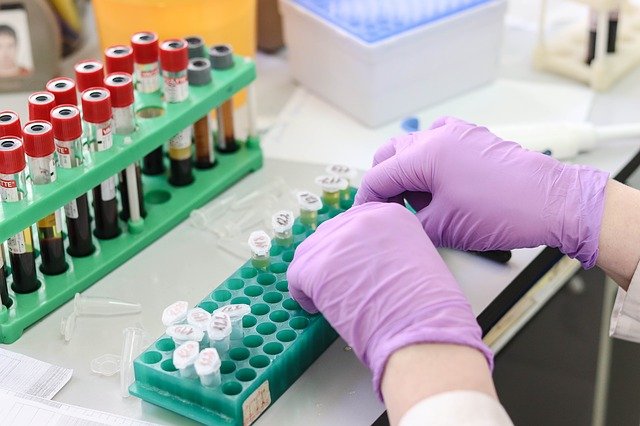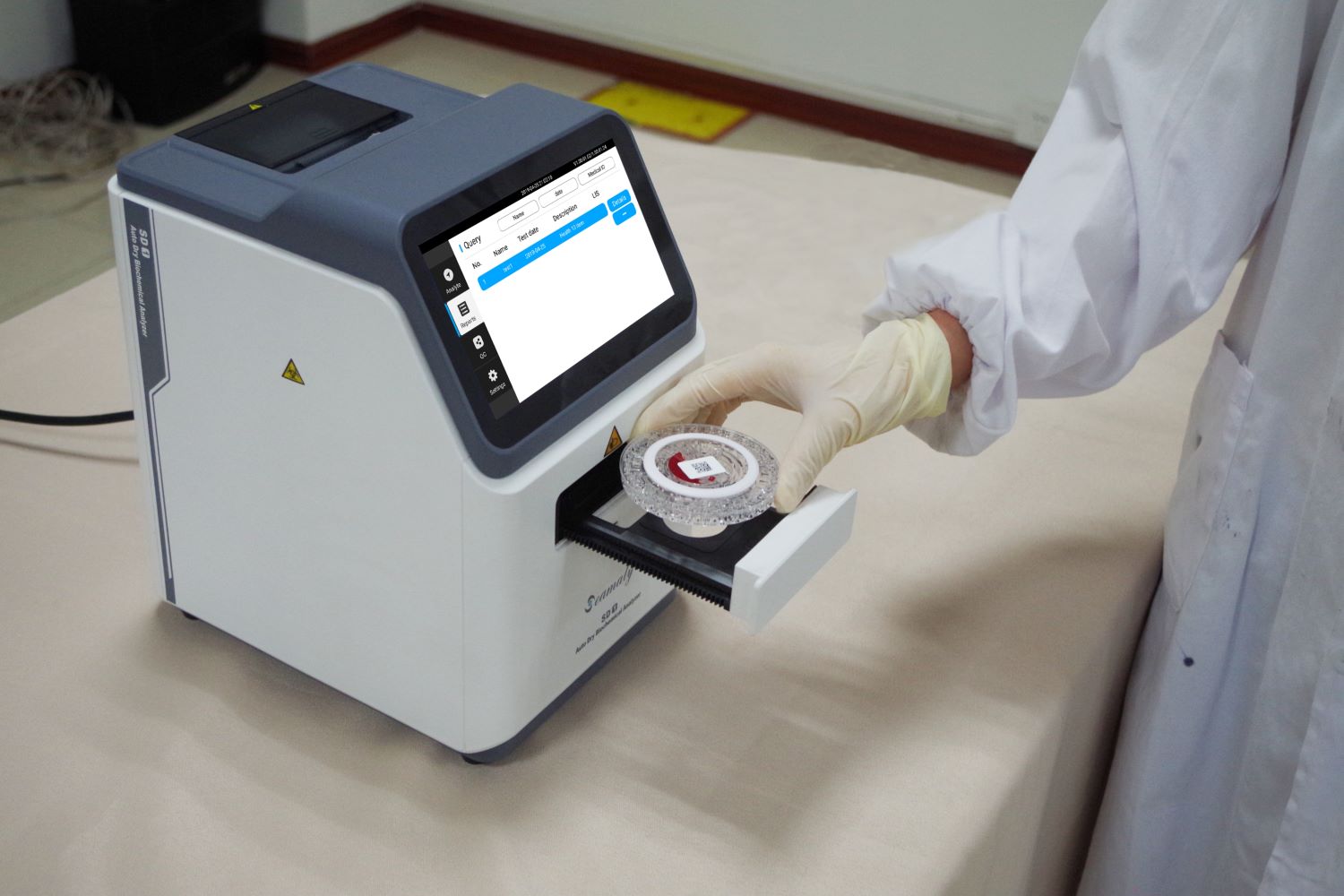release time:2021-12-17 15:26:02
Regular blood tests are one of the most important ways to track your overall health. Getting tested regularly allows you to understand the way your body changes over time and allows you to make informed decisions about your health. But why does a blood test require several tubes of blood to be drawn?

Many items require different instruments to test. A certain amount of blood is consumed to test for different items. A small amount can lead to inaccurate results or failure to produce results. Drawing an excessive amount of blood will ensure that there is enough for retesting in case of abnormal results.
The blood volume of a normal person is between 4000-5000ml. It takes about 2-3ml to draw a tube of blood, and according to the routine calculation of 5 tubes, the blood drawn is less than one percent of human blood. Except in special cases, the amount of blood drawn for a medical examination is not likely to have an effect on the patient's normal physiological condition.
In order to solve the problem of using only a small amount of blood to test routine biochemical items, Seamaty developed and produced a portable automatic dry biochemistry instrument, SD1.
The Seamaty SD1 is a fully automatic dry biochemistry analyzer that combines routine biochemistry, coagulation, electrolytes and some immune tests into one biochemical analysis system. It can test liver function, kidney function, cardiac muscle, glycolipid, electrolytes and other items. It is also possible to perform multiple tests in the plate with only 100 µl of sample.

Another reason why multiple tubes of blood are needed is that different tests require different amounts of blood. For example, a complete blood count (CBC) test only requires a small amount of blood, usually about 2-3 milliliters, while other tests such as a lipid panel or glucose test may require more blood. The amount of blood needed for each test also depends on the complexity of the test, with more complex tests requiring more blood.
Often, doctors will order multiple tests to check for various conditions or diseases. For example, a doctor may order a CBC, lipid panel, and thyroid function test all at once. In these cases, multiple tubes of blood are necessary to ensure that there is enough blood for each test. This also saves time and avoids the need for the patient to come back for additional blood draws.
Sometimes, doctors need to check a patient's medication levels to ensure that they are receiving the proper dosage. In these cases, blood may need to be drawn multiple times over the course of a few hours to monitor the medication's effect on the body. Each time blood is drawn, it must be placed in a separate tube to ensure accurate results.
There are also other factors that may require multiple tubes of blood, such as blood type testing or genetic testing. Additionally, some patients may have difficulty giving blood or may have smaller veins, which may require multiple attempts or multiple tubes of blood to be drawn.
It's important to note that while multiple tubes of blood may seem daunting or uncomfortable, the amount of blood drawn for routine medical testing is generally very small and safe for most people. In rare cases, patients may experience complications such as bleeding, infection, or fainting, but these are usually minor and temporary.
In conclusion, multiple tubes of blood are necessary for medical testing due to the need for backup samples, the requirement for different tubes for different tests, the convenience and speed of testing, the varying amounts of blood needed for different tests, the need to test for multiple conditions, and other factors. While multiple blood draws may be uncomfortable, they are generally safe and necessary for maintaining good health. If you have concerns about a blood test, talk to your doctor or healthcare provider to address any questions or concerns you may have.

2024-05-09
Demystify fully automatic biochemistry analyzers! This guide explores pricing, top manufacturers (Beckman Coulter, Roche Diagnostics, Siemens Healthcare) and analyzer types (modular, microprocessor-controlled, manual). Learn how these machines revolutionize patient care.

2023-08-01
Experience the transformative impact of Seamaty SMT-120VP Vet Biochemical Analyzer through six heartwarming customer stories. Discover why veterinarians and clinics worldwide choose this cutting-edge technology for efficient and precise animal healthcare diagnostics. Elevate standards with Seamaty's top-notch features, shaping the future of compassionate veterinary medicine.

2022-07-05
In vitro diagnostic system is mainly composed of diagnostic instruments and diagnostic reagents. For the common in vitro diagnostic medical device, the core components that mainly rely on import are as follows.